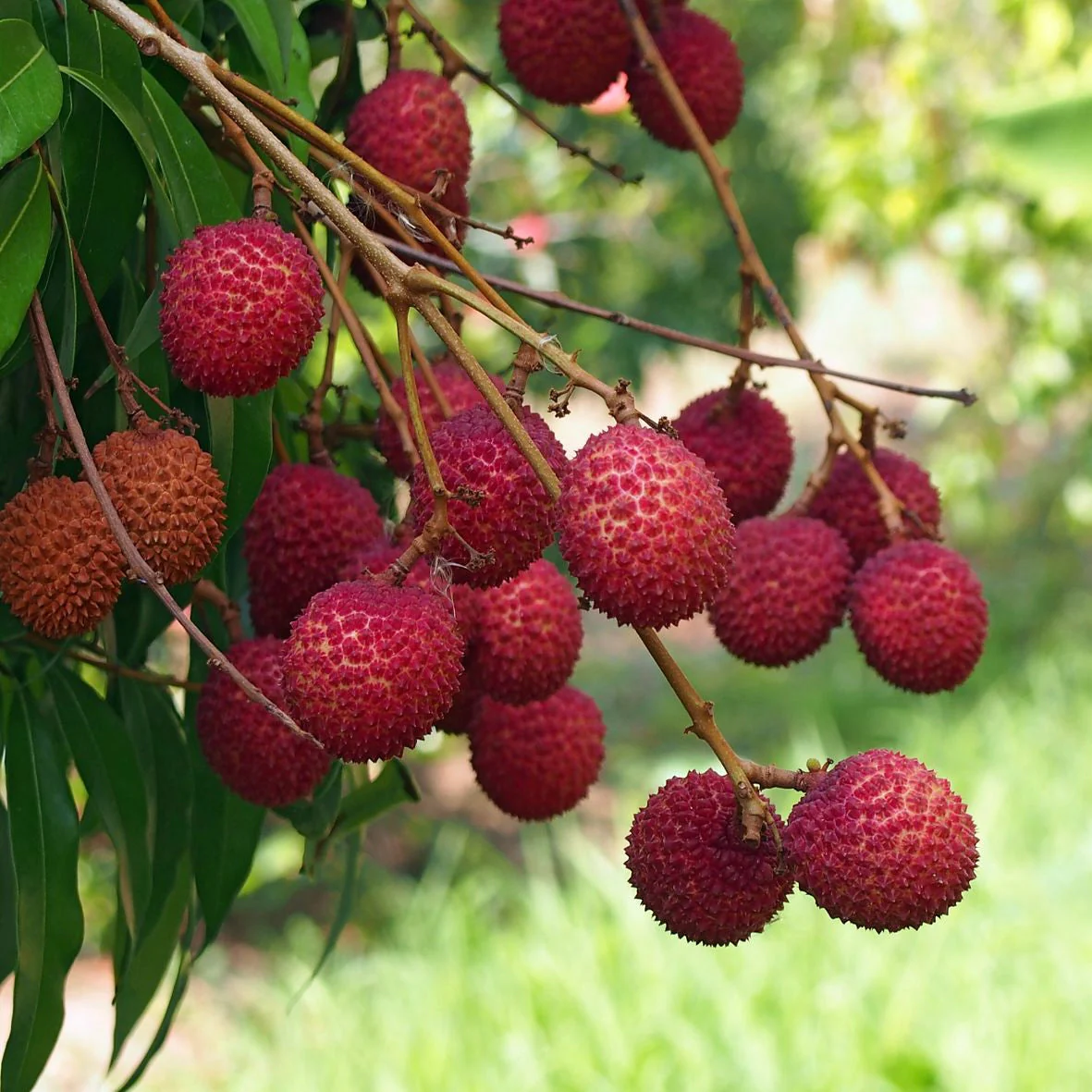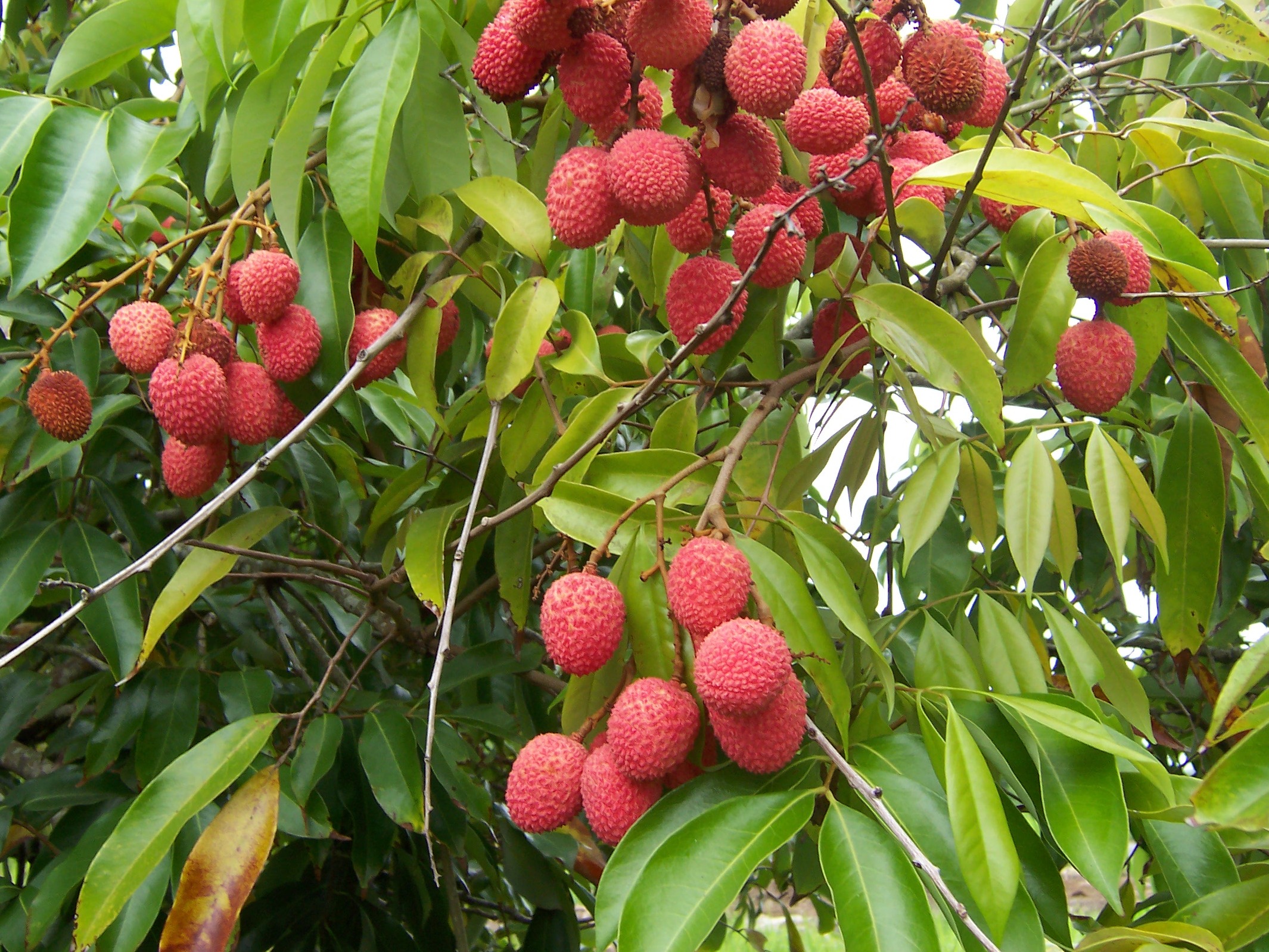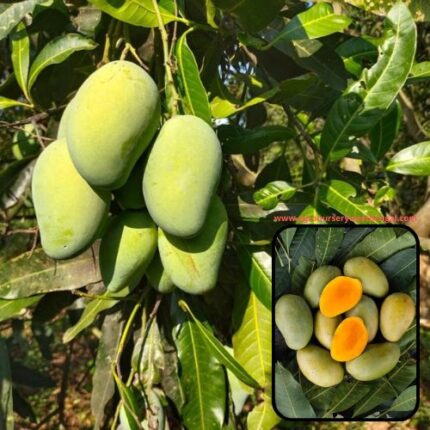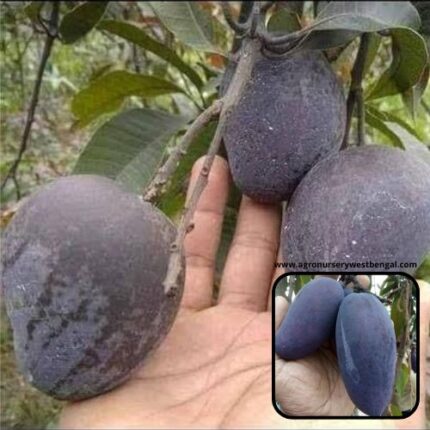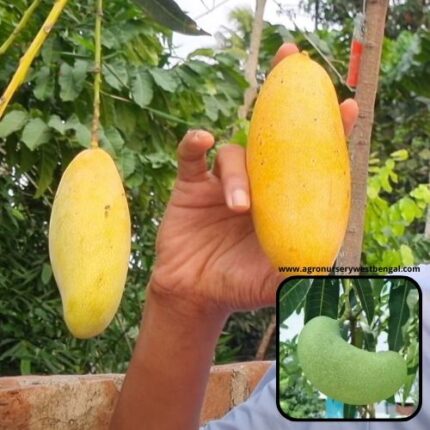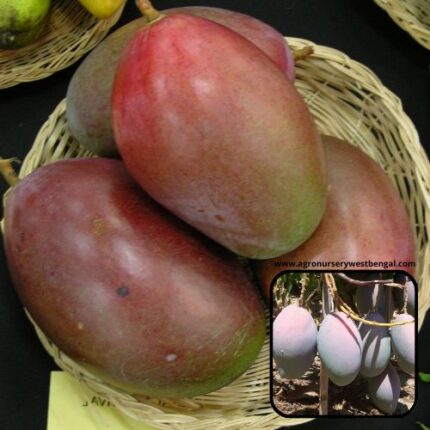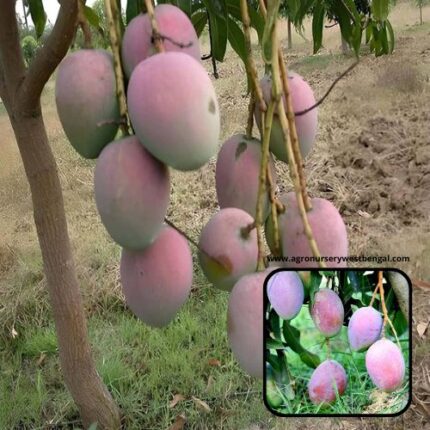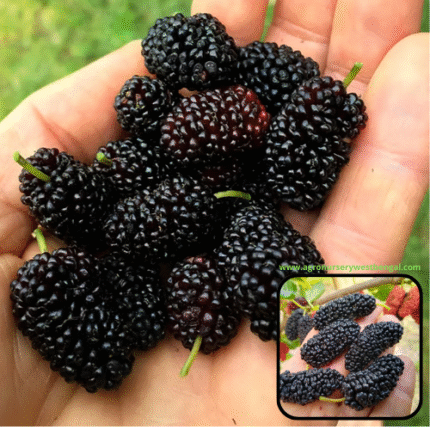
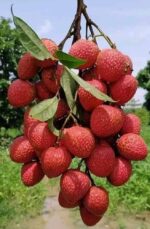
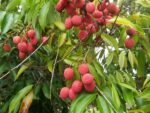
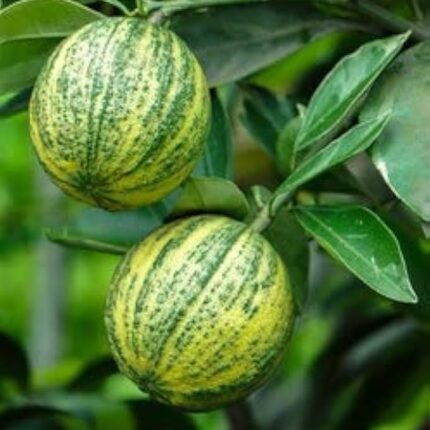
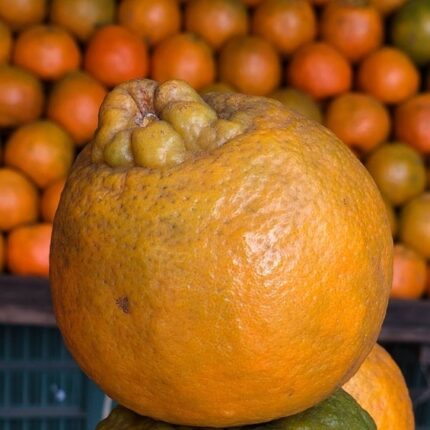
Chinese Litchi fruit plants
₹799 Original price was: ₹799.₹469Current price is: ₹469.
“Chinese Litchi” refers to the litchi fruit (Litchi chinensis) which is native to and extensively cultivated in southern China, particularly the provinces of Kwangtung (Guangdong) and Fukien (Fujian). China is the largest producer of litchi globally.
Here’s a comprehensive description of the Chinese Litchi fruit, keeping in mind that there are numerous Chinese varieties, each with subtle differences:
1. The Fruit (General Characteristics):
- Appearance (Exterior):
- Shape and Size: Typically small, round to oval or heart-shaped, about 2.5 to 5 cm (1 to 2 inches) in diameter.
- Skin (Pericarp): The skin is thin, leathery, and inedible. It’s usually vibrant pink to strawberry-red when ripe, though some varieties can have a more orange or purplish hue. It’s covered with small, rough, bumpy protuberances or tubercles, giving it a somewhat “bumpy” or “scaly” texture. The skin becomes duller and brittle when left out after harvesting.
- Appearance (Interior):
- Flesh (Aril): Once the skin is peeled away, a translucent, white, glistening, fleshy aril (the edible part) is revealed. It has a beautiful, almost pearl-like appearance.
- Seed: At the center of the aril is a single, dark brown, shiny, oval-shaped seed. The size of the seed varies by variety; some highly prized cultivars (“chicken tongue” varieties) have very small, shriveled seeds, which means more edible flesh.
- Aroma: The fresh pulp of a ripe litchi has a distinct, fragrant, and floral aroma that is quite appealing.
2. Taste and Texture:
- Flavor: The taste is a complex and delightful blend of sweet and subtly tart, often described as having a fragrant, floral, and musky flavor. It can have notes of rose, grape, and sometimes a hint of citrus. The sweetness is refreshing and rarely cloying.
- Texture: The flesh is juicy, succulent, and firm yet jelly-like or gelatinous, with a slightly chewy consistency. The tiny black specks from the inner seed coat are edible and don’t detract from the experience.
3. Ripeness and Handling:
- A ripe litchi will have a vibrant, even color and feel slightly soft when gently squeezed.
- It’s best to consume litchis fresh. They have a relatively short shelf life after harvest and should be refrigerated. The skin will darken and dry out if left at room temperature for too long, but the fruit inside may still be good.
4. The Plant (Litchi chinensis):
- Growth Habit: Litchi trees are medium-sized to large evergreen trees, typically growing 10-15 meters (30-50 feet) tall, with a dense, rounded, and attractive crown of bright green foliage.
- Leaves: The leaves are pinnate, composed of two to four pairs of elliptic to lanceolate leaflets that are glossy and bright green. Young leaves often emerge with a reddish-bronze tint.
- Flowers: Small, inconspicuous, yellowish-white flowers are borne in large, loose terminal clusters (panicles) in spring. These flowers are mildly fragrant.
- Climate: Litchis thrive in hot, humid, tropical to subtropical climates with distinct wet and dry seasons. They require a certain amount of winter chilling for good flower bud development but are very sensitive to frost.
- Fruiting: Fruits mature in 80-112 days after flowering, usually in late spring to early summer (in China, many varieties ripen from May to July).
5. Popular Chinese Litchi Varieties (Examples):
China has cultivated countless litchi varieties over millennia, and some of the most famous and commercially important include:
- Nuomici (糯米糍): Highly prized for its exceptional sweetness, small seed (“chicken tongue”), and rich flavor. Often considered one of the best.
- Feizixiao (妃子笑): A large, visually appealing fruit with a mix of green and red skin when ripe, known for its sweet and juicy pulp.
- Guiwei (桂味): Valued for its delicate sweetness and a distinctive “osmanthus flower” aroma.
- Heiye (黑叶): A very common and widely cultivated variety, known for good yield, relatively small seed, and reliable quality. The name “Heiye” means “Black Leaf,” referring to the darker color of its leaves.
- Sanyuehong (三月红): An early-ripening variety, usually one of the first to market.
- Huaizhi (怀枝): A traditional and widely planted variety.
6. Nutritional Value and Health Benefits:
Chinese Litchis are not just delicious but also nutritious:
- Vitamin C: An excellent source of Vitamin C, a powerful antioxidant that boosts the immune system and is important for skin health.
- Dietary Fiber: Provides a good amount of dietary fiber, aiding in digestion and promoting gut health.
- Antioxidants: Rich in various antioxidants, including flavonoids (like epicatechin and rutin) and polyphenols, which help combat free radicals, reduce inflammation, and may protect against chronic diseases.
- Minerals: Contains minerals like copper, potassium, and some magnesium and phosphorus.
- Energy: Provides natural sugars (fructose and sucrose), offering a quick energy boost.
- Hydration: High water content contributes to hydration.
The Chinese litchi remains a highly sought-after fruit globally, celebrated for its unique flavor, juicy texture, and vibrant appearance

